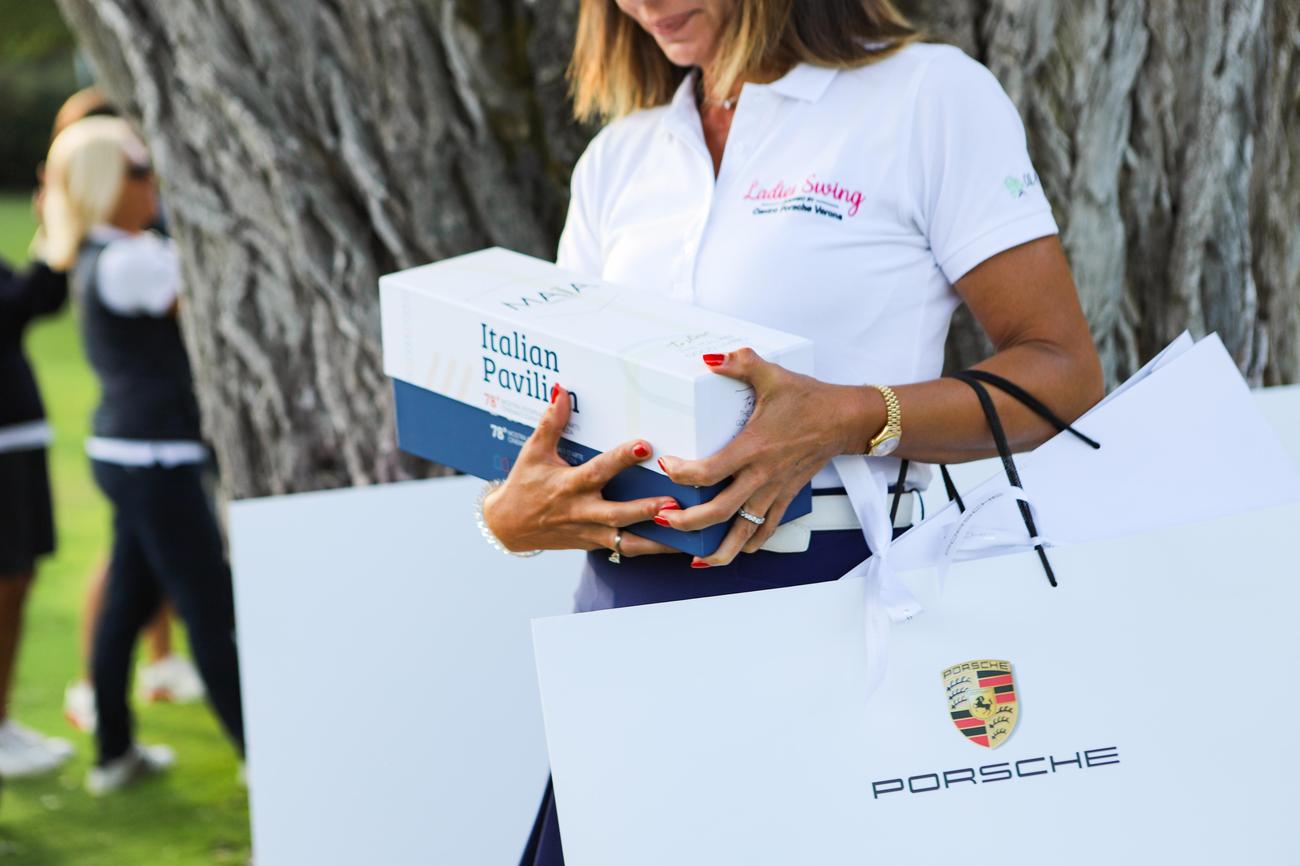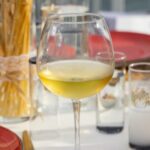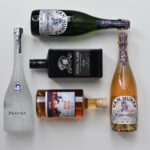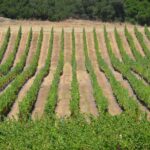Welcome to a journey through the captivating world of Champagne, where tradition, history, and complexity intertwine to create one of the most beloved and celebrated beverages. In this article, we will delve into the question that has intrigued beverage aficionados for centuries: What is the real name of Champagne? By unraveling its origins and exploring the intricate processes behind its production, we will unveil the true essence of this iconic sparkling wine. So, raise your glass and join us as we uncork the secrets of Champagne and discover the stories that lie within each effervescent drop.
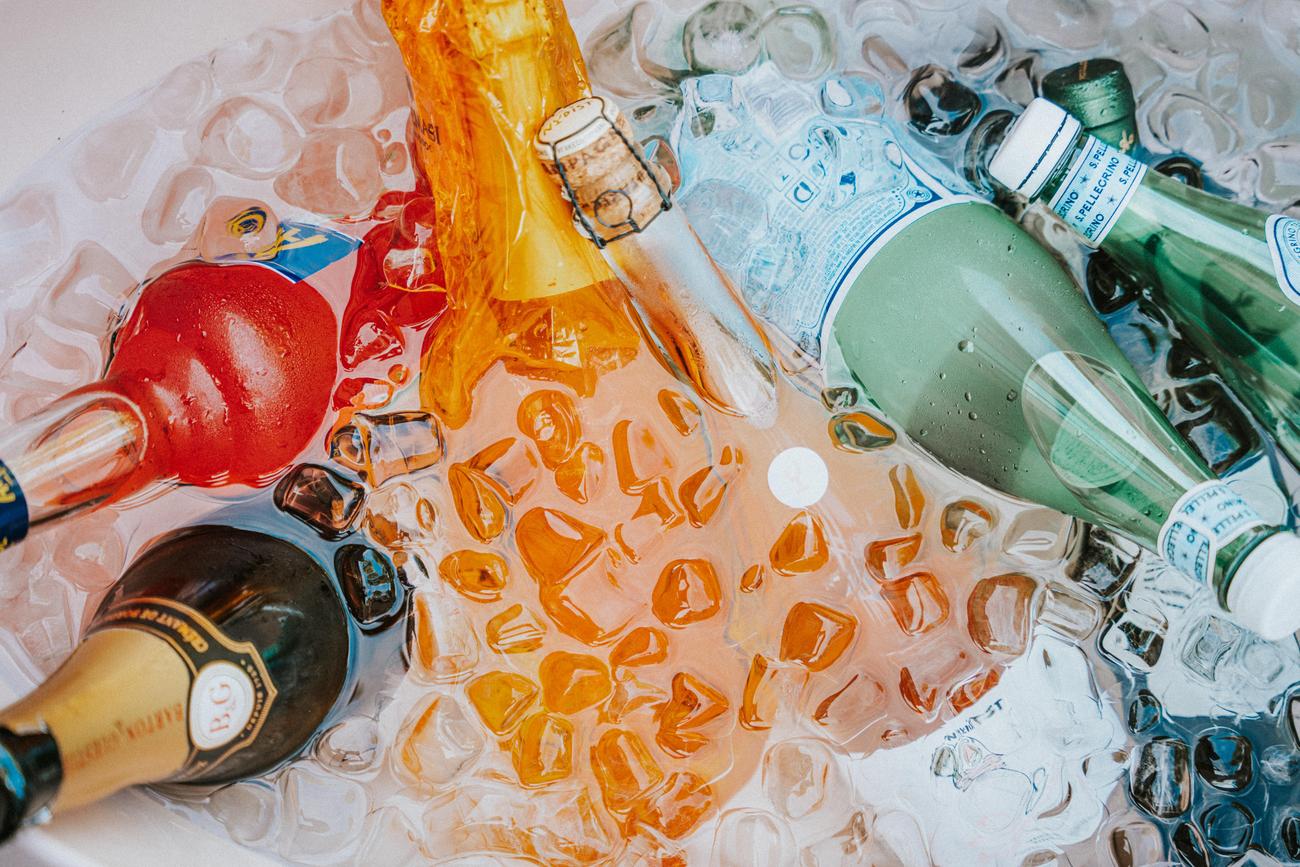
What is the real name of Champagne?
Champagne, oh Champagne! This exquisite sparkling wine that dazzles our palates and marks special occasions with its effervescence. But have you ever wondered what the real name of Champagne is? Is it simply “Champagne,” or is there something more to it? Join me on this fascinating journey of uncovering the true name of Champagne and unraveling its origins and complexity.
To begin our quest, we must journey back to the Champagne wine region of France. Nestled in the heart of this picturesque landscape, Champagne is more than just a beverage – it’s a reflection of centuries of craftsmanship and passion. The region’s unique vineyard practices and strict regulations ensure that only wines produced here can bear the illustrious name of Champagne.
Let’s delve deeper into the origins of Champagne. In Roman times, vineyards were first planted in this region, setting the stage for what would later become a symbol of elegance and celebration. However, it wasn’t until the 17th, 18th, and 19th centuries that Champagne truly rose to prominence, becoming associated with nobility and royalty. The leading Champagne producers of the time spared no effort in aligning their creations with the grandeur of the elite through clever marketing and opulent packaging.
But wait, you might be thinking, what about the true name of Champagne? Well, it’s not as straightforward as you might expect. You see, Champagne is not just a mere name; it’s a protected designation of origin. This means that only sparkling wines produced in the Champagne region of France can legally be called Champagne. It’s an exclusive club, and rightfully so, considering the meticulous vineyard practices and grape-pressing methods that are employed here.
Now, let’s talk grapes. The holy trinity of Champagne is composed of Pinot noir, Pinot meunier, and Chardonnay. These three grape varieties form the backbone of almost all Champagnes, lending their distinct character to the final product. But did you know that small amounts of other grape varieties, such as Pinot blanc, Pinot gris, Arbane, and Petit Meslier, also find their way into the blend? It’s these subtle nuances and delicate balances that contribute to the complexity of Champagne.
But why is Champagne synonymous with sparkling wine? The answer lies in the unique challenges the Champagne region faced in making red wine due to its northern climate. The cold weather and shorter growing season made it difficult to achieve optimal ripeness for red grapes. As a result, winemakers turned their attention to producing sparkling wine, a style that better suited the region’s conditions. And thus, Champagne, with its captivating bubbles, became the pinnacle of the sparkling wine world.
It’s worth noting that despite popular belief, Dom Pérignon did not invent sparkling wine. While this Benedictine monk made significant contributions to the improvement of winemaking techniques in Champagne, the idea of sparkling wine had already existed prior to his time. Dom Pérignon’s legacy lies in his advancements in blending grapes, refining pressing techniques, and realizing the potential of Champagne’s unique terroir.
To summarize the remarkable journey of Champagne, we’ve discovered that its true name is closely tied to the Champagne wine region of France. It’s more than just a name – it’s a testament to centuries of winemaking heritage, intricate vineyard practices, and the indomitable spirit of the region. So the next time you raise a glass of Champagne in celebration, remember the rich history and complexity that lie within each sparkling drop.
“Champagne – a name that encapsulates the essence of the Champagne wine region, and a symbol of elegance and celebration.”
And now, let’s raise our glasses high and explore the intricate flavors and aromas that make Champagne the epitome of exquisite sparkling wine. Cheers to the true name of Champagne!
Champagne is not just a drink; it’s a sparkling sensation that holds intriguing secrets waiting to be discovered. If you’re curious and ready to uncover some fun facts about champagne, click here to be taken on a journey through surprising stories and fascinating trivia. Allow yourself to be captivated by the rich history, the unique production methods, and the enchanting traditions that make champagne so much more than just a beverage. Get ready to raise your glass and cheers to the world of champagne! fun facts about champagne
Classy Pronunciation | Famous Champagne Brands
[youtube v=”liB7GxzEntQ”]
Introduction
[Placeholder]
Champagne: A Taste of Elegance and Tradition
Champagne, a sparkling wine renowned for its elegance and effervescence, is a true symbol of celebration and luxury. As a protected designation of origin, Champagne can only be produced in the Champagne region of France, making it a unique and prestigious beverage enjoyed worldwide.
The Rich Heritage of Champagne
With a history dating back to Roman times, the Champagne region has long been associated with nobility and royalty. From the 17th to the 19th centuries, Champagne became the drink of choice for the courts of Europe, solidifying its reputation as a beverage fit for the elite.
The Holy Trinity of Champagne Grapes
The production of Champagne relies on a specific combination of grape varieties. Pinot noir, Pinot meunier, and Chardonnay form the holy trinity of Champagne grapes. These carefully selected grapes bring distinct flavors and characteristics to the final blend. In addition to these traditional grapes, other varieties can also be used to create unique cuvées.
The Influence of Climate on Champagne
The cold climate of the Champagne region presents unique challenges for winemakers. Unlike other wine regions, the focus in Champagne is on sparkling wine production, as the climate is unfavorable for growing red grapes. This specialization has led to centuries of mastery in the art of producing high-quality Champagne.
Debunking the Myth: Dom Pérignon and the Invention of Champagne
While Dom Pérignon is often associated with the invention of Champagne, this is a common misconception. Dom Pérignon, a monk and cellar master, made significant contributions to winemaking techniques in Champagne, such as blending grapes and perfecting the art of bottle fermentation. However, sparkling wine already existed before his time. Dom Pérignon’s legacy lies in his devotion to achieving excellence in winemaking.
The Essence of Champagne: Heritage, Tradition, and Expertise
Champagne is a testament to centuries of winemaking heritage, intricate vineyard practices, and the indomitable spirit of the region. From the vineyards to the cellars, each step of the winemaking process is carefully executed to ensure the creation of exceptional sparkling wine.
Conclusion
Champagne embodies the essence of elegance, tradition, and celebration. With its rich history, distinctive grape varieties, and meticulous winemaking practices, Champagne continues to captivate wine enthusiasts around the world. Raise a glass of this effervescent elixir to honor the craftsmanship and artistry that goes into every bottle of Champagne.
“Champagne is not just a beverage; it is a celebration of history, passion, and the undeniable legacy of a region that has perfected the art of winemaking.”
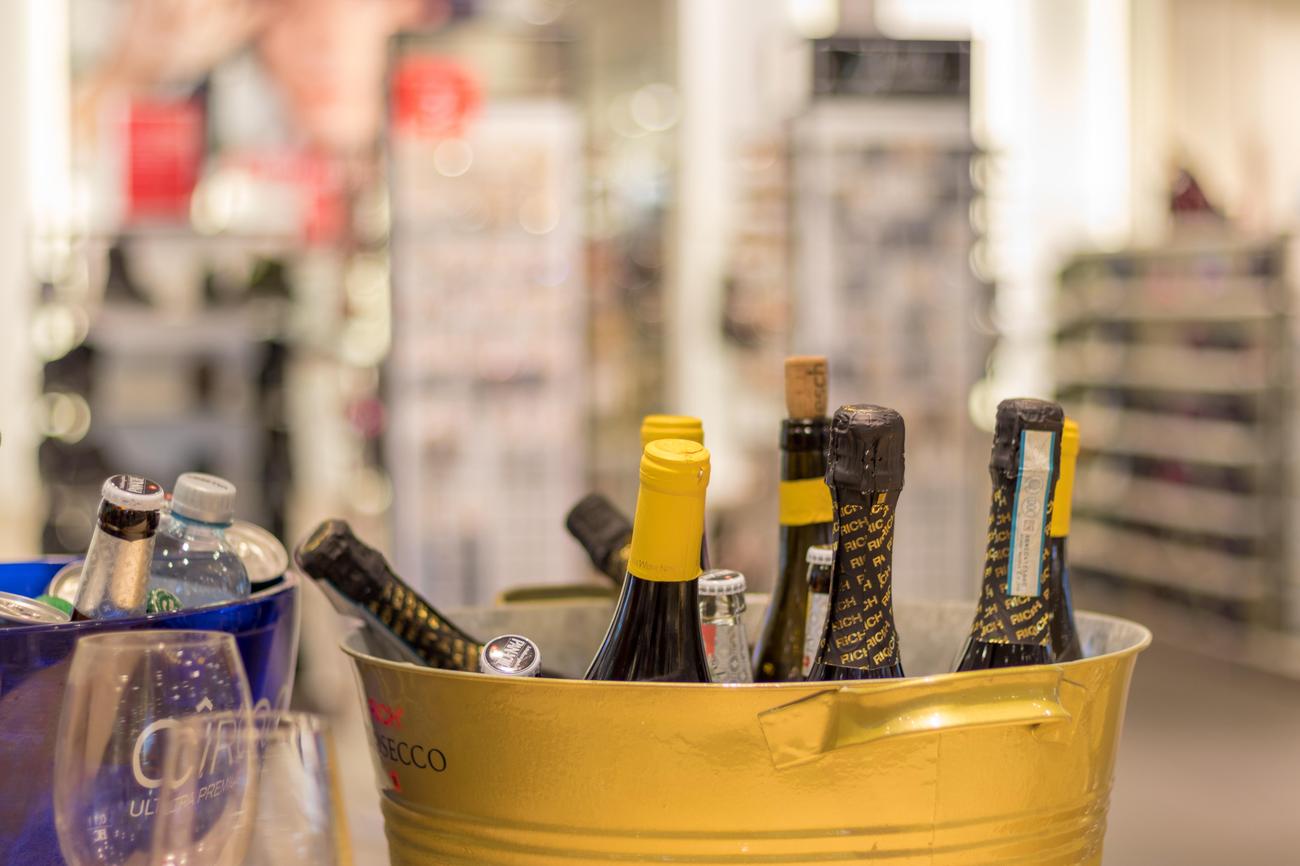
FAQ
Question 1:
What is Champagne?
Answer 1:
Champagne is a sparkling wine that originates and is produced in the Champagne wine region of France. It is made using specific vineyard practices, grapes sourced exclusively from designated places within the region, and specific grape-pressing methods. The primary grapes used in Champagne production are Pinot noir, Pinot meunier, and Chardonnay, although small amounts of other grape varieties may also be used.
Question 2:
How did Champagne become associated with royalty?
Answer 2:
Champagne became associated with royalty in the 17th, 18th, and 19th centuries. Leading Champagne manufacturers made efforts to associate their wines with nobility and royalty through advertising and packaging. This association with the upper classes helped elevate the reputation of Champagne and contributed to its prestigious image.
Question 3:
What are the origins of Champagne?
Answer 3:
The origins of Champagne date back to Roman times when vineyards were first planted in the Champagne region. However, the unique challenges of the northern climate in Champagne led winemakers to focus on producing sparkling wine instead of red wine. Over the centuries, Champagne has evolved and perfected its production methods to become the renowned sparkling wine it is known for today.
Question 4:
Did Dom Pérignon invent sparkling wine?
Answer 4:
Contrary to popular belief, Dom Pérignon did not invent sparkling wine. While Dom Pérignon, a monk and cellarer at the Abbey of Hautvillers, made significant contributions to Champagne production during the 17th century, he did not invent sparkling wine. The process of producing sparkling wine was already known and practiced prior to Dom Pérignon’s time.
Question 5:
What is the true name of Champagne?
Answer 5:
The true name of Champagne is simply “Champagne.” It is a protected designation of origin that can only be used for sparkling wines that meet specific criteria and originate from the Champagne wine region of France. The name “Champagne” signifies both the region and the unique production methods that give these sparkling wines their distinctive character.
- Revolution Space: Disruptive Ion Propulsion Transforming Satellites - April 24, 2025
- Race Through Space: Fun Family Game for Kids - April 24, 2025
- Unlocking the Universe: reading about stars 6th grade Guide - April 24, 2025
